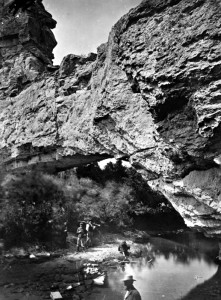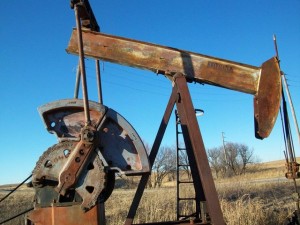Not that one, specifically, but not altogether different, either.
I’m as skeptical as anybody about clean coal, but as a fan, of sorts, of Energy Secretary Steven Chu, I’m willing to give him and cc its due when he goes to links to take it seriously. Following routes we ostensibly mistrust, after all, is what open mindedness is about, n’Green pas?
This is all concerns FutureGen, a public-private partnership to build a first-of-its-kind coal-fueled, near-zero emissions power plant.
The article somehow manages to wax agnostic about the merits of living with the contradictions of the above statement.
Stephanie Mueller, press secretary for the U.S. Department of Energy, issued a statement after Monday’s meeting leaving no doubt about Chu’s interest. “Secretary Chu believes that the FutureGen proposal has real merit,” Mueller said. “In the coming weeks, the department will be working with the Alliance and members of Congress to strengthen the proposal and try to reach agreement on a path forward.”
If the project is revived, it will have plenty of company internationally. Three similar IGCC projects figure among a dozen schemes that European leaders last month deemed eligible to compete for €1 billion in stimulus funds set aside to support commercial-scale application of CCS in coal-fired power plants. Of those projects, six will be selected to receive funding. Meanwhile, a consortium of Chinese power generators has initiated construction of the GreenGen project, which was inspired by FutureGen.
I cringed repeatedly about Obama’s invocation of cc on the campaign trail; it sounded exactly like the dreamy sort of pandering with which his critics have tried to paint him, to little effect thus far. But here comes the administration again, continuing to strike a serious posture with an expensive, non-serious solution.
The idea of outfitting new coal-fired power plants with carbon storage and sequestration technology should be a minimal point of entry into our energy supply; that the coal industry can and does tout this as the next greatest thing speaks to bar height for the industry and the candle power of politicians as much as anything. As we have said, the cheapest power plants are the ones we don’t have to build. Measures to flatten demand should at least accompany gargantuan efforts to make a dirty power clean.
And even on 4/1 this is not a joke.




